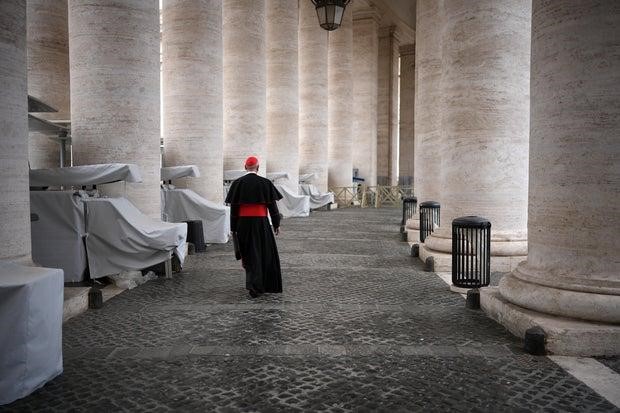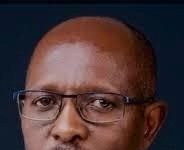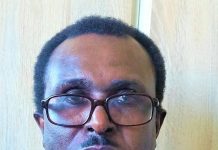By Nelson Manneh
The Catholic Church entered a pivotal phase Monday as the nine-day mourning period for Pope Francis formally concluded, setting the stage for a conclave that could reshape the spiritual direction of its 1.4 billion followers.
Pope Francis, who died April 21 at the age of 88 after a transformative 12-year papacy, was laid to rest in St. Peter’s Basilica last week. The traditional mourning period, known as Novemdiales, culminated with solemn rites, while behind the scenes, preparations for the next papal election surged into motion.
At the heart of the preparations is a centuries-old ritual that blends solemnity with spectacle — the papal conclave. In recent days, Vatican officials, pyrotechnics engineers, and carpenters have swarmed the Sistine Chapel, installing the famous chimney and stove that will signal the outcome of the secret ballot voting. The sight of swirling white or black smoke will again serve as the visual heartbeat of an anxious world awaiting the name of the next pope.
Massimiliano De Sanctis, head of the FD Group Fireworks company and the man responsible for producing the smoke seen around the world, described how modern technology now enhances the centuries-old tradition.
“Until the election of Pope Benedict XVI, the smoke was made the traditional way,” De Sanctis said. “Ballots were burned to produce black smoke, and ballots with damp straw for white smoke. But the Vatican realized the signals weren’t always clear, so now we use an electric control unit and pyrotechnic smoke to ensure visibility.”
Over the weekend, De Sanctis tested the upgraded smoke system, sending trails of white and black from canisters high above the Sistine Chapel as Vatican technicians finalized the symbolic hardware. Nearby, firefighters installed the small stove that will consume the secret ballots after each vote — a ritual repeated up to four times daily until a new pontiff emerges.
Inside the Chapel, 133 cardinal electors — all under the age of 80 — are set to gather for the conclave. According to Vatican protocol, a two-thirds majority plus one is required to choose the next pope. The process begins with a single round of voting on the first day and intensifies with up to four rounds per day thereafter.
As the world watches the chimney above Michelangelo’s frescoes, the faithful will await that moment when white smoke signals the ascent of a new spiritual leader — the 267th successor to St. Peter, and the inheritor of Pope Francis’ sweeping legacy.
No date has been officially announced for the start of the conclave, though sources say it is expected within the next two weeks. Until then, cardinals will continue to confer behind closed doors, considering not just a new pope, but a new path for the Church.


















